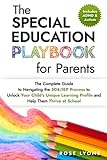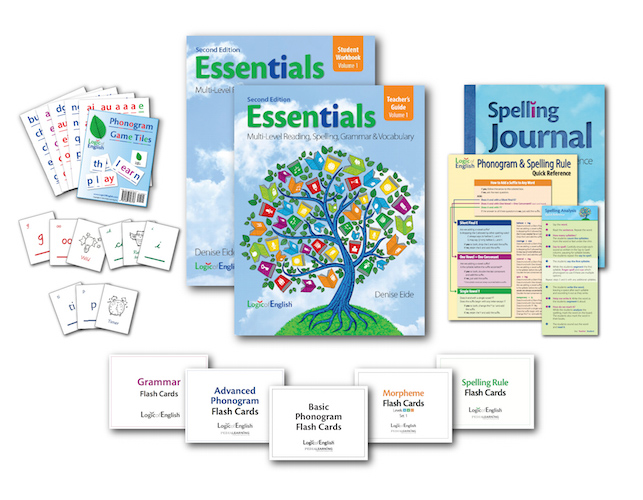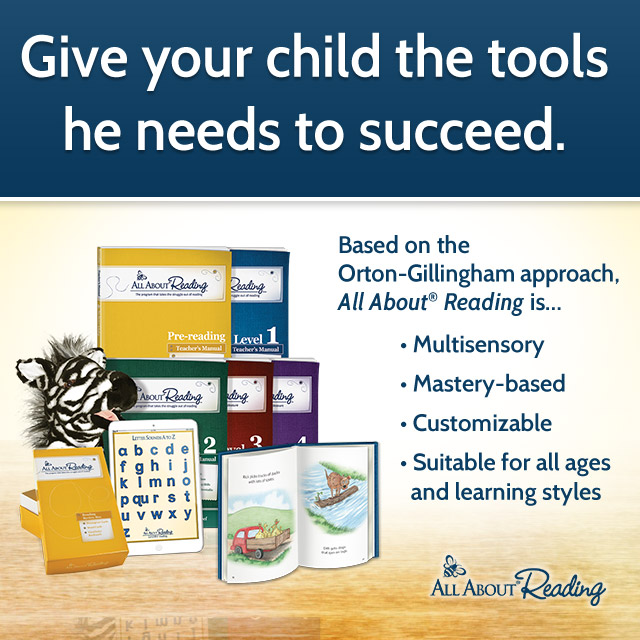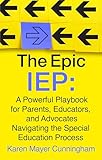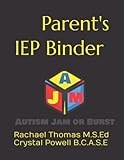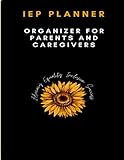Reading Fluency IEP Goals with Examples of Great Goals
Make SURE your child makes real progress in reading with great reading fluency IEP goals and measureable reading decoding goals. Learn How:
Great IEP goals for reading let YOU know if your child is making adequate yearly progress in reading. They help you know if your child needs better, more, or different reading services. If he’s not making progress, then it’s critical to have measureable reading fluency IEP goals. (You won’t have to rely on your school’s progress reports or wonder if their report is accurate). 😉
Having well written IEP goals for reading will give you the data you need, so you can KNOW if your child is making adequate yearly progress.
There are example IEP Goals for Reading listed below the information about how to write great goals. You can jump forward to the goals if you’d like, but I’d highly recommend understanding how to write GREAT, measurable goals by following the guidelines below.
To make sure your child is getting the right kind reading instruction, you may also want to check out information to help you understand exactly what kinds of help your child needs. You can learn more about options for reading programs and procedures at:
- PROVEN reading programs.
- Reading Comprehension for Kids. And
- The Dyslexia Help Handbook for Parents.
Getting this info will help you make sure your child’s education and IEP are on the right track. The resources above also provide you with more clarity about the types of programs and goals your child should have. 😉
Follow these three steps to write great Reading Fluency IEP goals:
First Step – Pick the Reading Tasks Your Child Needs to Master:
Learning to read well requires your child to master several skills. The skills include phonemic awareness, decoding simple words, and decoding multi-syllable words. Your child also needs to learn sight words that don’t follow phonemic conventions. In addition, reading fluency and reading comprehension need to be taught and measured.
Which of these skills does your child need to master?
- Reading Decoding.
- Phonemic Awareness.
- Sight Words.
- Reading Fluency.
- Vocabulary.
- Reading Comprehension.
For each area your child needs to master, write an IEP goal or two for reading.
Second Step – Pick a Data-driven Means of Measuring Progress:
Reading achievement is often measured by standardized tests or through informal assessment. IEP goals should be objective (data driven), rather than subjective (based upon observation).
To truly know if your child is making progress in reading, you must use a measurable, data driven means for tracking your child’s progress. Any objective assessment can be used, and standardized tests can be among the most reliable of measures.
For example, if your child currently scores a 3.0 Grade Equivalent on the Wechsler Individual Achievement Test (WIAT) “Word Reading” subtest, then a data driven goal would be to increase his score to a 4.0 Grade Equivalent. That would be one grade level’s worth of reading progress for one year of schooling.
You don’t want a goal that says, “[child] will improve in reading.” It’s is not a data driven goal. This goal is highly subject to the observer’s opinion about whether improvement has actually occurred or not. Often, the school will say there has been progress, but the parents see no observable progress.
After you’ve picked verifiable, data-driven measures for your child’s Reading Fluency IEP goals, choose a reasonable amount of progress for your child. Generally speaking, you’d like your child to make at least one year of academic progress per academic year. If your child’s IEP goals for reading are less than one year of progress per school year, then your child will fall further behind academically.
Third Step – State Your Child’s Reading Fluency IEP goals as Positive Accomplishments:
State what your child WILL achieve in definitive, progress-based terms. State a goal similarly to this:
Reading Pathways: Simple Exercises to Improve Reading Fluency
41% Off“<Your child’s name> will achieve a <specific grade equivalent> on the <name of test and subtest>.”
You can see examples of specific, measurable IEP goals for reading and reading fluency goals for iep creation below.
To Learn more about requirements for the IEP Goals and Objectives section of IEPs, visit the IEP Goals and Objectives section of the Learning Abled Kids’ Free IEP Tutorial.
More Information..
You MUST KNOW if your child is making good progress in reading. Otherwise, your child may drift further behind classmates year-after-year. If that happens for too long, then it’s virtually impossible for a child to catch up.
You absolutely MUST make sure your child has a proven reading program and specific, measurable IEP goals for reading. If you have these two things, then you have a better chance of making sure your child actually learns to read on grade level.
Lastly, Here are Examples of MEASURABLE Reading Fluency IEP goals:
The Special Education Playbook for Parents: The Complete Guide to Navigating the 504/IEP Process to Unlock Your Child's Unique Learning Profile and ... at School (Thriving Beyond Labels Toolbox)
$19.99 (as of 31 October 2025 01:14 GMT -04:00 - More infoProduct prices and availability are accurate as of the date/time indicated and are subject to change. Any price and availability information displayed on [relevant Amazon Site(s), as applicable] at the time of purchase will apply to the purchase of this product.)When reading standard 5th grade curriculum aloud, [Child’s name] will increase his fluency rate to 120 words per minute while maintaining 97% accuracy (fewer than 3 errors per 100 words) in all settings. [Child’s name] will also retain the ability to give comprehension details regarding main idea, conclusion, inferences, characters, plot, and passage details.
[Child’s name] will accurately read 5th grade words and phrases, and will increase his fluency rate from 60 words per minute to 100 words per minute when reading in all settings.
When reading continuous 5th grade text, [Child’s name] will accurately read passages with expression in all settings, and he’ll increase his fluency rate from:
- 60 words per minute to 80 words per minute by October.
- 80 words per minute to 100 words per minute by February.
- 100 words per minute to 120 words per minute in all settings.
Examples of MEASURABLE IEP Goals for Reading Decoding:
[Child’s name] will correctly segment at least 19 of 20 unfamiliar words which are 3 or more syllables into syllables by drawing slashes to properly divide the words. In addition, [Child’s name] will demonstrate this ability in all settings.
Given 20 unfamiliar words of 3 or more syllables, [Child’s name] will correctly read 19 out of 20 words on the first attempt. Additionally, [Child’s name] will demonstrate this ability in all settings.
[Child’s name] will fluently and accurately read the first 1200 Sitton (AKS) frequently used words with fewer than 3 errors per 100 words in all settings at a rate of:
- 70 words per minute by October.
- 90 words per minute by February.
- 110 words per minute by May.
More MEASURABLE IEP Goals for Reading Fluency:
Given unfamiliar fifth grade reading material, [Child’s name] will fluently and accurately read with fewer than 3 errors per 100 words at a rate of:
IEP At Your Fingertips: Your Guide to the Special Education Laws and Advocacy Tools Every Special Needs Parent Needs to Know
$16.99 (as of 31 October 2025 01:50 GMT -04:00 - More infoProduct prices and availability are accurate as of the date/time indicated and are subject to change. Any price and availability information displayed on [relevant Amazon Site(s), as applicable] at the time of purchase will apply to the purchase of this product.)- 90 words per minute by November.
- 100 words per minute by February.
- 110 words per minute by March.
[Child’s name] will fluently read unfamiliar fifth grade reading passages of 300 or more words at a rate of 100 words per minute in all settings. [Child] will accurately state the passage’s:
- main idea
- conclusions
- inferences
- 10 or more passage details in sequence.
You may ALSO want to check out Assistive Technology for kids with dyslexia or reading difficulties. Including assistive technology in IEP Goals for reading will set your child up for better long-term success.
Step:4 Check related IEP Goals:
Executive Functioning IEP Goals for Organization Skills and ADHD
IEP Goals for Spelling
Example IEP Goals for Written Expression
IEP Goals for Copying




